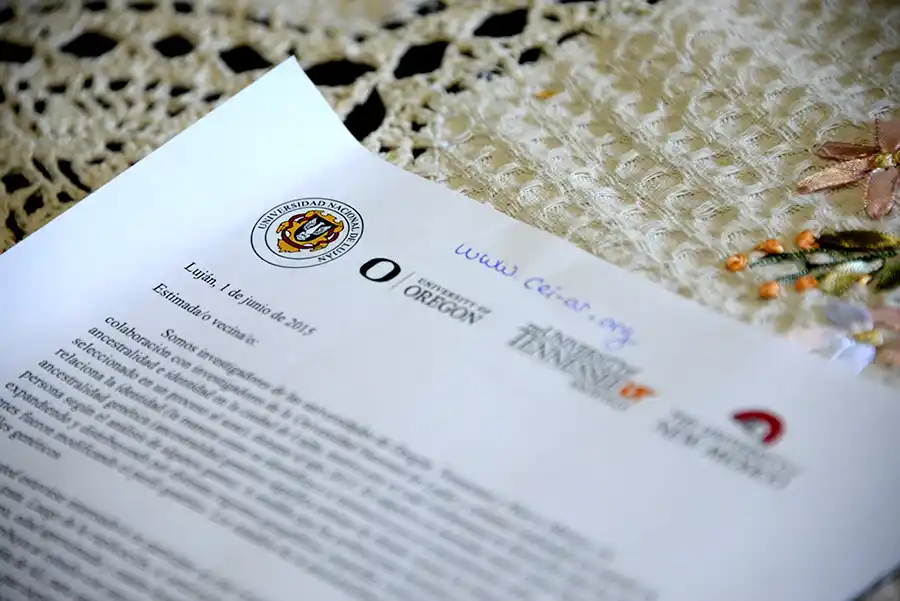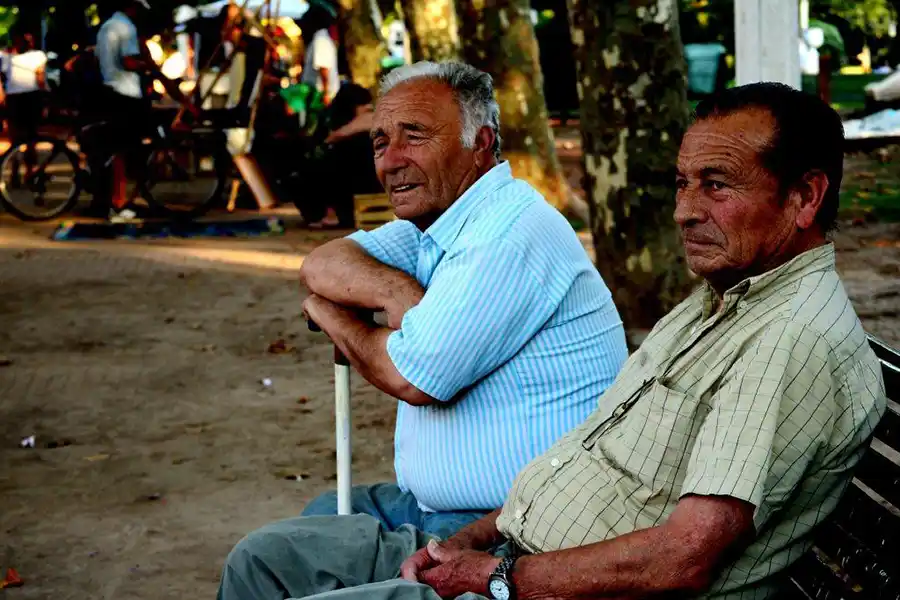Community DNA Project in the U.S. Mountain South
Community DNA Project in the U.S. Mountain South

In what ways could DNA analyses contribute to the Black experience in Eastern Tennessee?
We have long been in conversation with Black in Appalachia, a non-profit organization dedicated to highlighting the history and contributions of African-Americans in the development of the Mountain South and its culture.
Together, we have launched the Community DNA Interest Project, which is a call to African-American regional communities to co-develop a meaningful project.
What is the project?
This project is, first and foremost, about working together. We have the community organization and university infrastructure in place, but you will help craft what this project ultimately will be.
To be clear, we’re not interested in dictating the kinds of questions our communities would like addressed using DNA. Instead, we will co-create a project to benefit our peoples and communities.
DNA can’t stand alone
Importantly, DNA — and analyses based on DNA — can’t stand alone. For example, just because a DNA analysis indicates that you share half your DNA with a stranger does not mean that person “is” your sister or brother. Yes, those analyses indicate they are your genetic sibling, but whether you chose to create relations with that person is another matter. In other words, DNA analyses by themselves cannot tell us how to make sense of the world, and how to give things, events, or people, meaning. That’s up to us and the worldviews we inhabit.
At the same time, it’s up to our communities — up to US — to decide what we want to take away from DNA studies.
What can be done with DNA for our communities?
More than anything, DNA is a tool of (genetic) connection. Depending on the analysis, DNA can connect us as close genetic kin (such as siblings, parents-offspring, aunts/uncles) or distant genetic kin because we share ancestors from long ago and hailing from a global region, such as southeast Asia, central Africa, or southern South America.
DNA can also connect us to our own, more direct, ancestors. We have inherited our DNA from our ancestors, and we all retain copies of the same bits and pieces of DNA that our genetic ancestors had going back thousands of years! By looking at our own DNA, we open a window to the people from which we inherited it.
More specifically, here’s what we could do with an anthropological analysis of DNA:
GENETIC KINSHIP
• If we sample lots of people from a single community, we could map out genetic kinship connections – a sort of “kinship map” of community members. The “map” could include both close and distant relationships, as per above.
• If we then do the same thing at several communities in southern Appalachia, we can also create kinship maps of the geographic region. That “regional genetic kinship map” would trace genetic relationships within each of those communities, and also between them. From this, we can go a step further and infer movements across the southern Appalachian landscape over time. In this case, we could only detect movements that resulted in children ending up in a different place than their parents.
ORIGINS
Depending on what part of the DNA we analyze, it is possible for us to analyze “origins” of individuals. By “origins” we mean inferring the geographic origin points, at certain points in time, of your genealogical genetic lineages. How far back we can go depends on your personal DNA results. With some individuals, we can trace genetic lineages back to 40,000 years, and for others, up to 300 years ago.
You’ve probably heard this kind of analysis before, as “DNA ancestry” – it’s the same kind of information you would get from companies such as 23andme and AncestryDNA.
For communities, we could then aggregate the origin information of all individuals sampled from a community, so that we can talk about broad-scale movements in and out of that and nearby communities. This would all be best done with complementary historical information, and our family and community stories.

